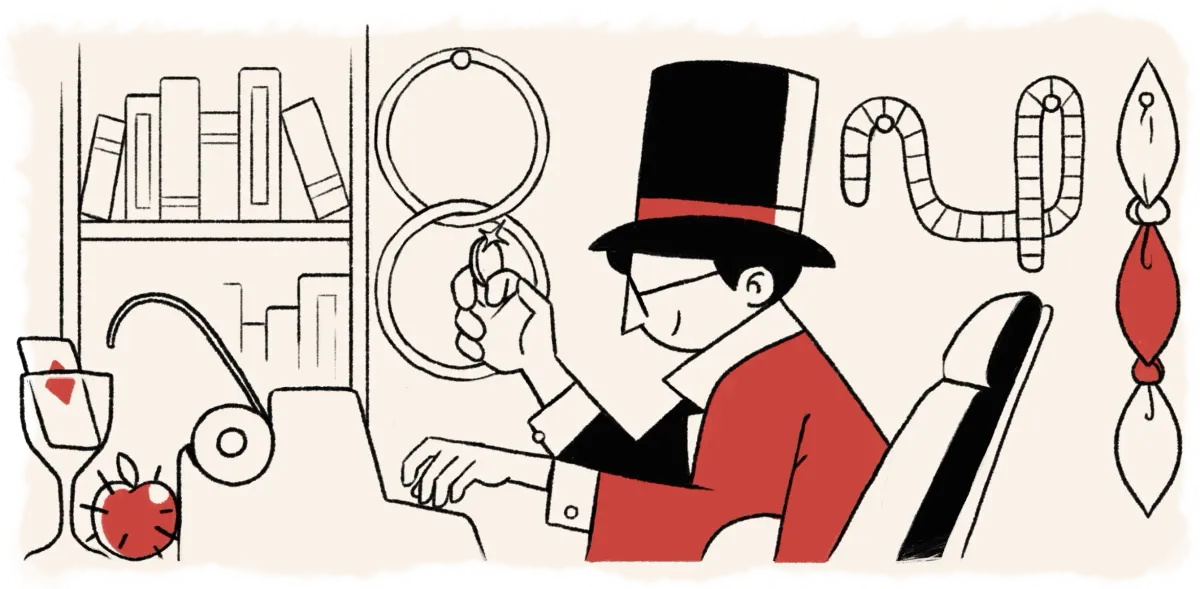Pseudo-Methods Explained: For Magicians
Famous magicians use these.

Here’s the dictionary definition of pseudo-:
The prefix pseudo- (from Greek ψευδής, pseudes, "lying, false") is used to mark something that superficially appears to be (or behaves like) one thing, but is something else. Subject to context, pseudo may connote coincidence, imitation, intentional deception, or a combination thereof.
When it comes to magic, a pseudo-method is a seemingly genuine method given to an audience, obvious or otherwise, for a magical effect. It's not about pretending you're using magic powers; it's about giving your audience a believable method for a trick which still feels magical. Probably the most common pseudo-method is telling a spectator you’re reading their body cues to figure out which card they chose when you’re really just doing a pinky-break.

When should you use a pseudo-method?
Well, spoiler alert: The end of the post will explain why I think you should always use a pseudo-method. But let’s start with the six reasons why magicians historically choose to use a pseudo-method. Then, we'll break down the three types of pseudo-methods successful magicians use all the time.
- To be more believable: Sometimes, magicians want their magic to be as believable as possible. Because if people believe what you’re doing is real, they won’t look for a method.
- To misdirect from the actual method: Sometimes, a pseudo-method is more engaging and exciting than the real method. Trying to figure out which physical cues Derren Brown uses to tell if someone is lying prevents you from looking for the true method.
- To be more impressive: Most of the time, a pseudo-method can be far more impressive than the actual method or even the trick without any explanation. Pretending that you are memorising a deck to accomplish a trick might enhance it.
- To tell a better story: Your pseudo-method might be part of a broader story that’s more important to tell than leave the audience with nothing but a puzzle. Perhaps your story is that you practised one particular skill daily while waiting for the bus as a child.
- To get an audience on your side: People like to feel included and smart. Letting people in on an apparent method is a fast way to connect and disarm an audience.
- To get more comments: Pseudo-methods have a knack for triggering comments, and comments trigger the algorithms to send your content out to more people.
What are the three types of pseudo-methods?
OK, we’re getting into it now. There are three categories of pseudo-methods you should consider applying to your magic…
